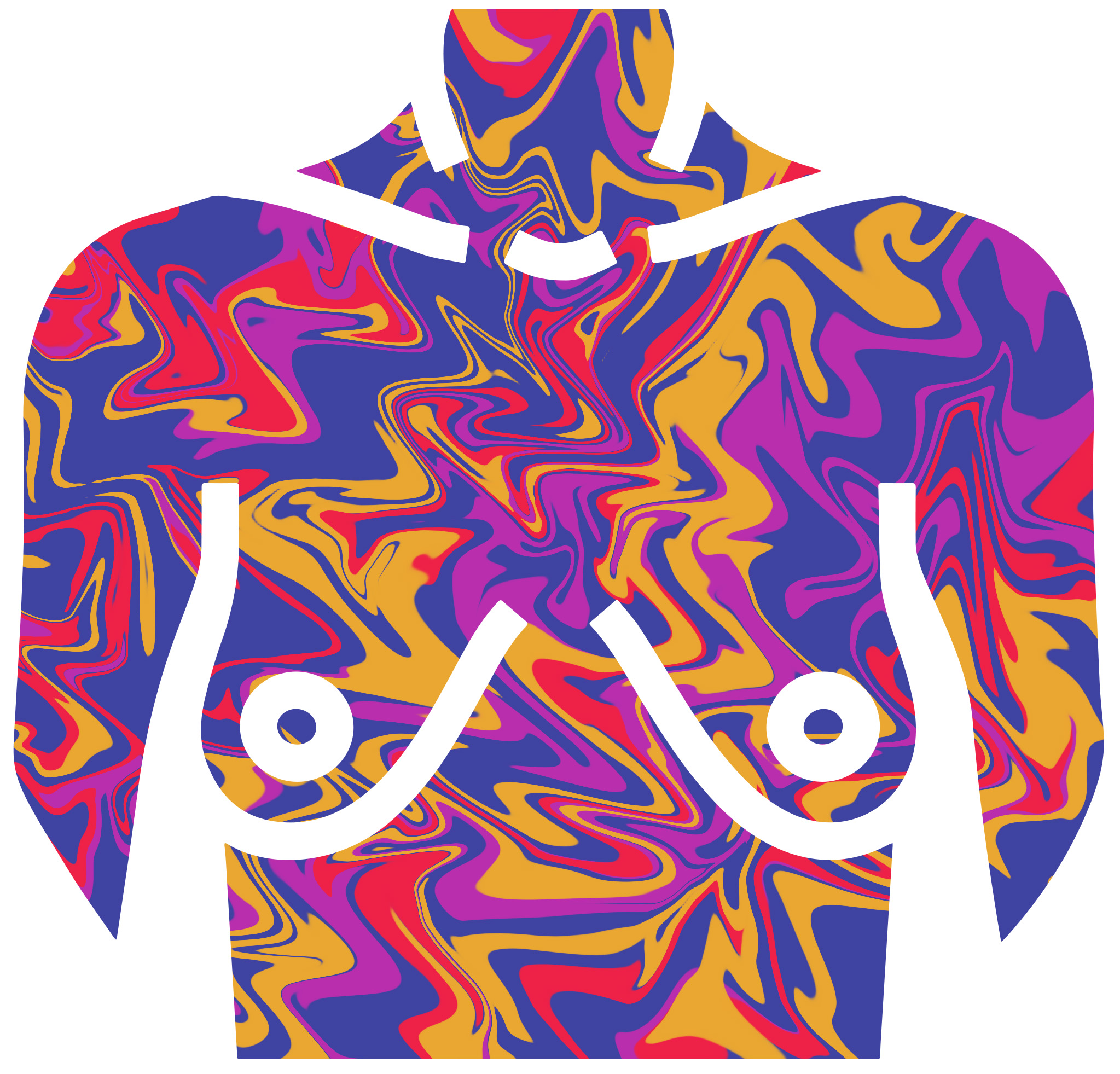Tubular Breast

Tuberous breast deformity is a cosmetic breast condition that many women experience. It occurs due to abnormal breast development during puberty, which results in a distinct breast shape. Few research studies have been published; therefore, the true prevalence of tuberous breast deformity is unknown. However, a retrospective analysis published by the International Society of Aesthetic Plastic Surgery revealed that for women seeking breast augmentation or breast reduction, approximately 50% among 1,600 were due to tuberous breast deformity.
Tubular breasts usually look small, cone-shaped, asymmetric, and too far apart. In addition, the nipples tend to look pointy and puffy with an over protruding nipple-areola complex.
The treatment of tubular breasts involves breast augmentation and reconstruction, with or without implants. The goal is to give the breasts a larger size and a rounder, more natural contour.
Tuberous or tubular breasts, also called hypoplastic breasts, are small breasts that have an abnormal cone-shaped appearance. This cosmetic breast condition is usually a result of a problem in breast formation during fetal development.
Tubular breasts typically lack breast tissue, especially in the lower part, making them look underdeveloped (hypoplastic). Therefore, instead of having a full and round appearance, the breast can look pointy, oval, or square-shaped.
The typical features of tubular breasts include:
- Underdeveloped breasts
- Square-shaped breasts
- Cone-shaped breasts
- Widely spaced breasts
- Snoopy breast shape
- Puffy nipples
- Abnormally large areolas (the pigmented skin around the nipples)
- Breast asymmetry (one breast looking visibly different than the other).
Women with breast hypoplasia may not be able to breastfeed properly. Since the breast isn’t fully mature, it may have insufficient glandular tissue and would not be able to produce enough milk.
Tubular breasts are quite common among women seeking breast reshaping surgery.

Causes of Tuberous Breasts
It is still not clear why tubular breasts occur. Scientists believe that the condition happens because of an error in breast tissue formation during fetal development.
This error prevents the breasts from growing into their full size when you reach puberty. Moreover, it leads to the formation of rings of fibrous bands around the areola, which constrict the nipple-areola complex. As a result, the nipples appear puffy and protrude outwards, giving tubular breasts their cone-shaped appearance.

Treatment of Tuberous Breasts
Many women with tubular breast syndrome may be insecure about their appearance and feel like there is nothing they can do to fix it. However, there are many possible solutions.
Tubular breasts can be corrected through breast augmentation (with or without implants) and surgical reconstruction.
Each patient has different breast anatomy and can have different degrees of tubular breast deformity. Therefore, each case necessitates unique breast correction techniques depending on the shape, size, and position of each of your breasts.
Tuberous Breast Surgery
Tuberous breast correction surgery is more complex than regular breast augmentation surgery, demanding specialized skill and experience. At leading plastic surgery centers, surgeons aim to fully reconstruct the breasts to give them a normal anatomical round shape and contour.
To achieve that, they use special reconstructive techniques to treat tubular breasts that involve releasing constricted tissue, lifting the breast, breast reshaping, and areolar repositioning.
One step tuberous breast correction surgery
This is done when the patient has enough breast tissue to reconstruct tubular breasts without implants. One step tuberous breasts surgery involves:
Releasing the tissue constricted around the base of the breast
Spreading out some of the breast tissue into the lower part to compensate for the insufficient breast tissue
Releasing the constrictive band around the areola
Lifting the breast to reposition the nipple into a more natural position
Reducing the size of the areolas if they’re too big
This surgery can reshape tubular breasts and nipples all in one go. It gets rid of snoopy or puffy nipples and makes the areola look more proportional to the rest of your breast. It can also give you fuller and more rounded breasts.
Two-step tuberous breast correction surgery
If the deformity of the tube-shaped breasts is more severe, two separate operations may be required.
During the first surgery, constrictive tissue is released from around the nipples or base of the breast. Then, tissue expanders are implanted in the breasts.
These are kept for weeks or months and are gradually inflated to stretch the skin and muscles of the chest, making room for future breast implants.
A second surgery is done once the breasts are stretched. The expanders will be replaced with permanent breast implants. In addition, the breasts and nipples are further reshaped into a more natural form.
This two-step breast reconstruction procedure can fix breast asymmetry, fill the cleavage, give the breasts more volume, and bring them closer together.
Fat Grafting
Tubular breasts with only a mild deformity could be fixed by fat grafting. Fat grafting is a less invasive way to deal with tubular breasts without surgery.
Liposuction is used to remove fat from the hips, thighs, or belly and then strategically injected into the breasts. This helps loosen up constricted tissue and fix the pointy appearance of the nipples.
For people with less severe breast deformity, fat grafting can enlarge the breasts, pump up the cleavage, and give natural-looking results.
Composite Breast Augmentation
A recent innovation for treating tubular breasts promises even better results than the traditional methods.
The new technique involves composite breast augmentation, or lipo-implant, that uses both implants and fat grafting to help restore the normal shape of the breasts.
In addition to implants, the lower parts of the breasts are expanded using fat grafts to fully reconstruct them.
This new unique technique for tubular breast reconstruction promises women the best possible cosmetic outcomes and the most natural results.












